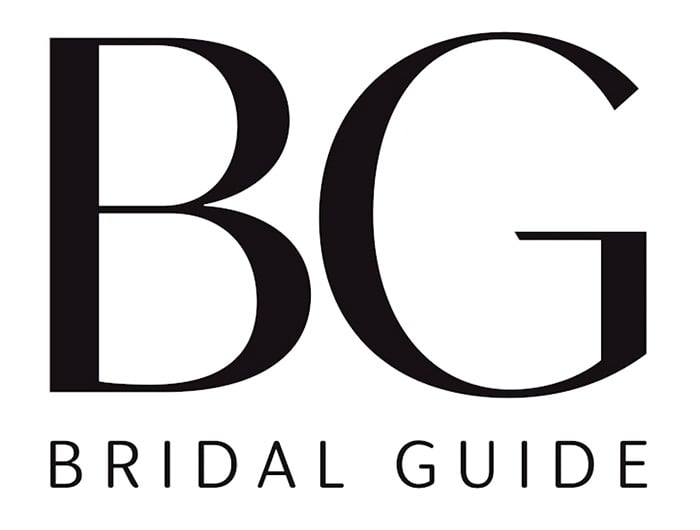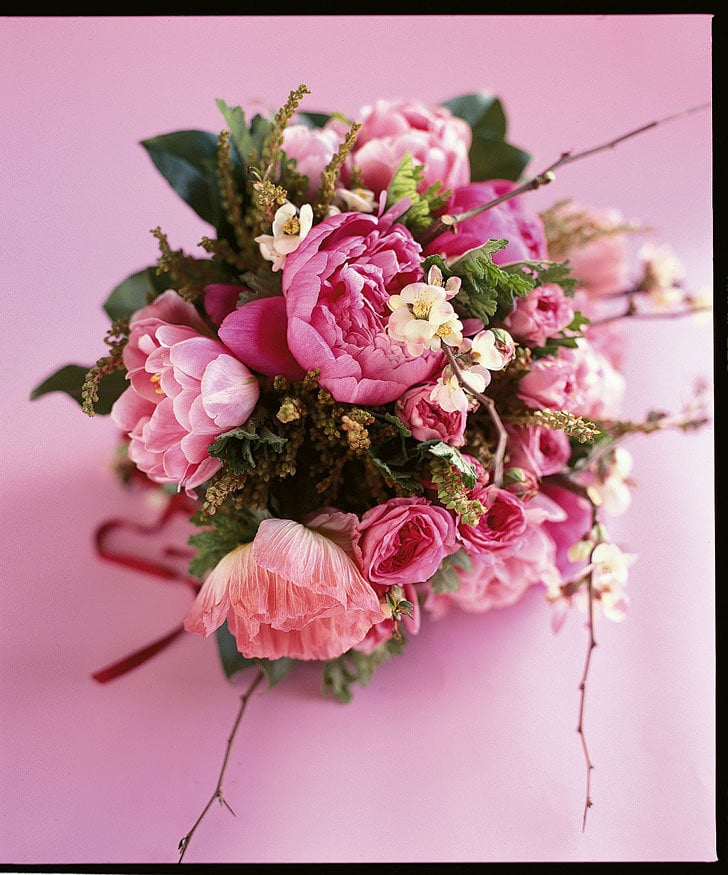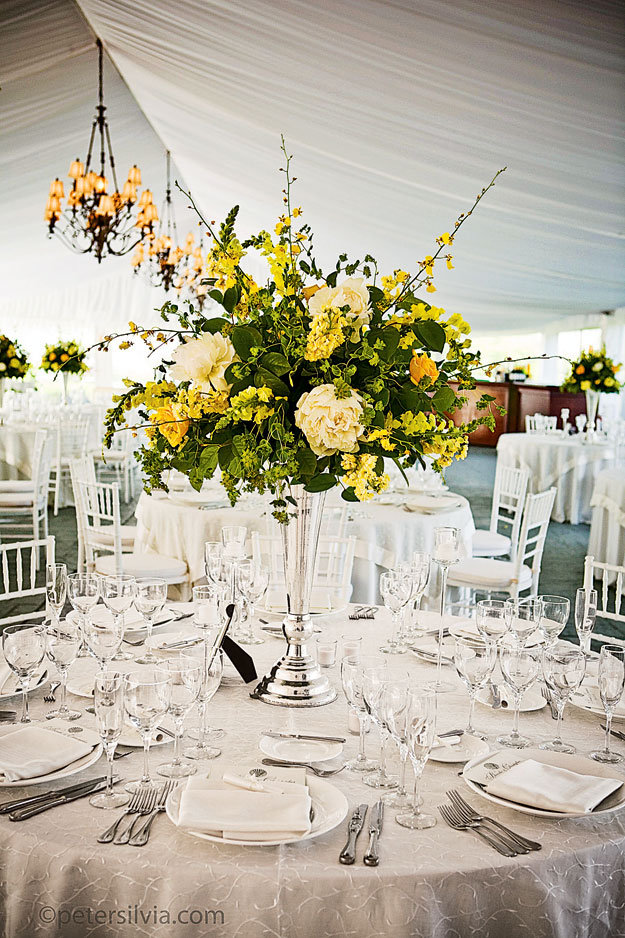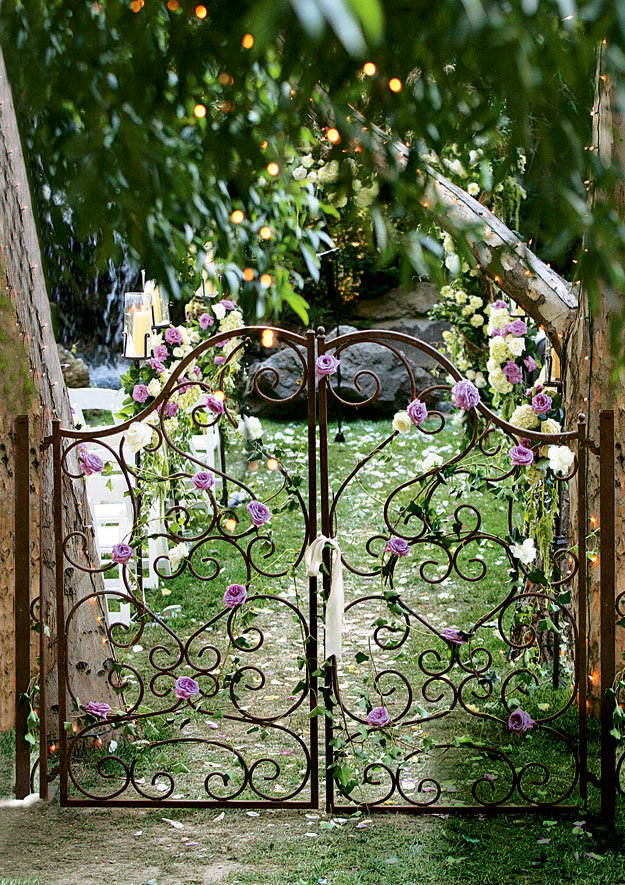How to work with your florist to create impeccable wedding flower arrangements for your style and budget.
By: Elena Donovan MauerWedding flower arrangements have been an essential element of nuptials throughout history, thought to drive away evil spirits and to symbolize love and fertility. And of course, they’ve always been cherished for their lovely scent and fresh beauty. But today, the vast number of choices and the complexity and unpredictability of the bloom business may throw brides for a loop. Never fear! These no-stress steps will help you procure beautiful wedding flower arrangements
Step #1: When it comes to flowers for your wedding, be choosy.
When finding a floral designer, start with personal recommendations, then check the pros’ websites to get a sense of their work. You may then decide to visit each wedding florist personally so that you can flip through photos of their past ceremonies and receptions and be sure their vision works with yours. Also, it’s important that the two of you hit it off. “If you don’t feel comfortable or don’t click, look for someone else,” says Erin Rosenow of Rosenow Floral Design in San Francisco, California. “Flowers set the scenery for the wedding, and you want to feel confident about them.”
Step #2: Communicate with your wedding florist.
Give the wedding florist as much information about your ceremony and reception as possible, including the location, the color scheme and the look and feel of the entire event. You might even provide inspiration, such as a photograph of your gown or swatches of the bridesmaids’ dresses. You don’t need to know technical flower terms to get your point across. Show the designer pictures of wedding flower arrangements that depict your favorite details: the ideal shape, a prettily tied ribbon, a gorgeous type of orchid. “It’s important that he or she knows what you don’t like, too,” says Kimberly Aurora Kapur, author of Bouquet Chic (Watson-Guptill, 2008).
Step #3: Stay on budget.
Wedding flower arrangements typically takes up 10 to 20 percent of a couple’s wedding budget, but this varies depending on the type of flowers they choose, their region and the containers and embellishments they select. Rosenow says her bridal bouquets average about $125 to $200; bridesmaids’ bouquets, $85 to $150 each, and centerpieces $85 to $100.Seeking out locally grown, in-season flowers for your wedding will likely save you money. Rosenow also suggests shopping at IKEA or flea markets for pretty vases, instead of paying a florist to do the shopping. Consider arrangements that could be used for both the ceremony and the reception. You can also prioritize; perhaps you’ll decide to limit the wedding ceremony flowers in favor of more elaborate wedding reception centerpieces.
Step #4: Know what your wedding flower arrangements will look like.
Have your designer create mock-ups of your wedding flower arrangements, your bridal bouquet or a centerpiece (or both), so you have an accurate idea of what you’ll get on the big day. You can even fine-tune the end result. Be sure to build all the details that you and your designer have agreed upon into your contract, including the special requests and the things to avoid.






